The post A Spring Cleaning Task List for Dog Owners by Elizabeth Anderson Lopez appeared first on Dogster. Copying over entire articles infringes on copyright laws. You may not be aware of it, but all of these articles were assigned, contracted and paid for, so they aren't considered public domain. However, we appreciate that you like the article and would love it if you continued sharing just the first paragraph of an article, then linking out to the rest of the piece on Dogster.com.
Ahh … that time of year when the sun stays out longer and your gardens bloom stronger. When winter
transitions to spring, many people start some significant cleaning projects. Don’t leave your dog out of this ritual. Your dog’s dishes, toys, bedding — and even your dog herself — can benefit from a spring-cleaning overhaul. Here’s how to get started.
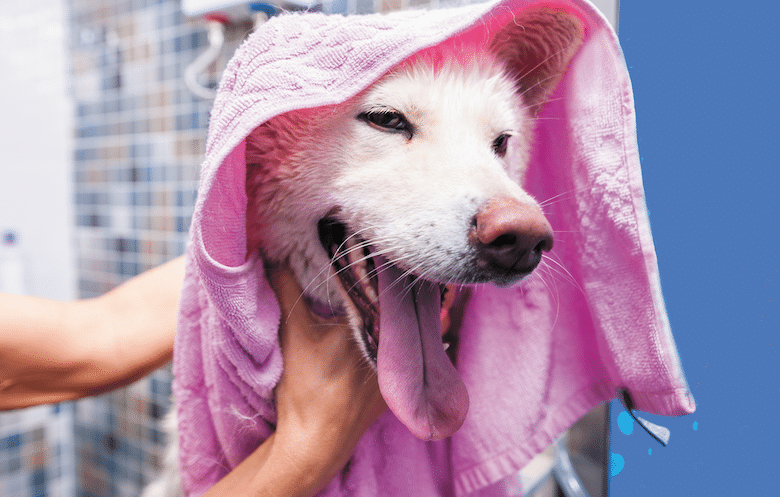
Photo: ©Srdjanns74 | Getty Image
Dog grooming must-dos
Create a grooming schedule and stick to it. “It is also very important to have dogs who are more likely to retain moisture/skin yeast, such as Cocker Spaniels and Bulldogs, start a routine bathing/haircut schedule during this time,” advises Samantha Hull, a professional groomer and program manager for the Animal Behavior College’s Grooming Instruction Program in Valencia, California.
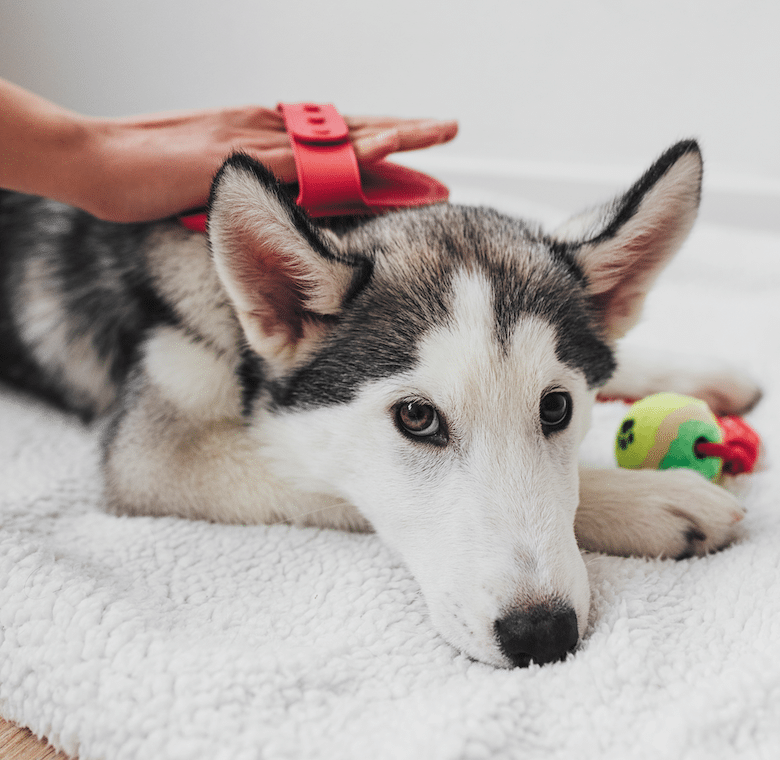
Photo: ©FreshSplash | Getty Image
Get grooming supplies specific for your dog.
“Spring is the seasonal shedding season. And all dogs shed their winter fur irrespective of coat length and texture,” says Sandy Robins, award-winning author and pet lifestyle expert based in Southern California. “This means different dogs have different shedding patterns. So one grooming plan doesn’t fit all. However, consider a spa day for your dog that includes a good brushing and a bath, and then another brushing with a tool such as a rubber curry brush — with big rubber teeth. It’s inexpensive but very effective, and most dogs love the gentle massage it gives. Different coats may require different tools, too, such as slicker brushes, combs and fine-tooth de-shedding tools and rakes. Plus, invest in a good shampoo and conditioner.”
If this seems overwhelming, don’t feel guilty if you need some help getting started. “Depending on your pooch’s coat type, it may be a good idea to have your dog groomed professionally to get rid of the winter hair,” Sandy says. “Then it’s easier to maintain and manage at home.”
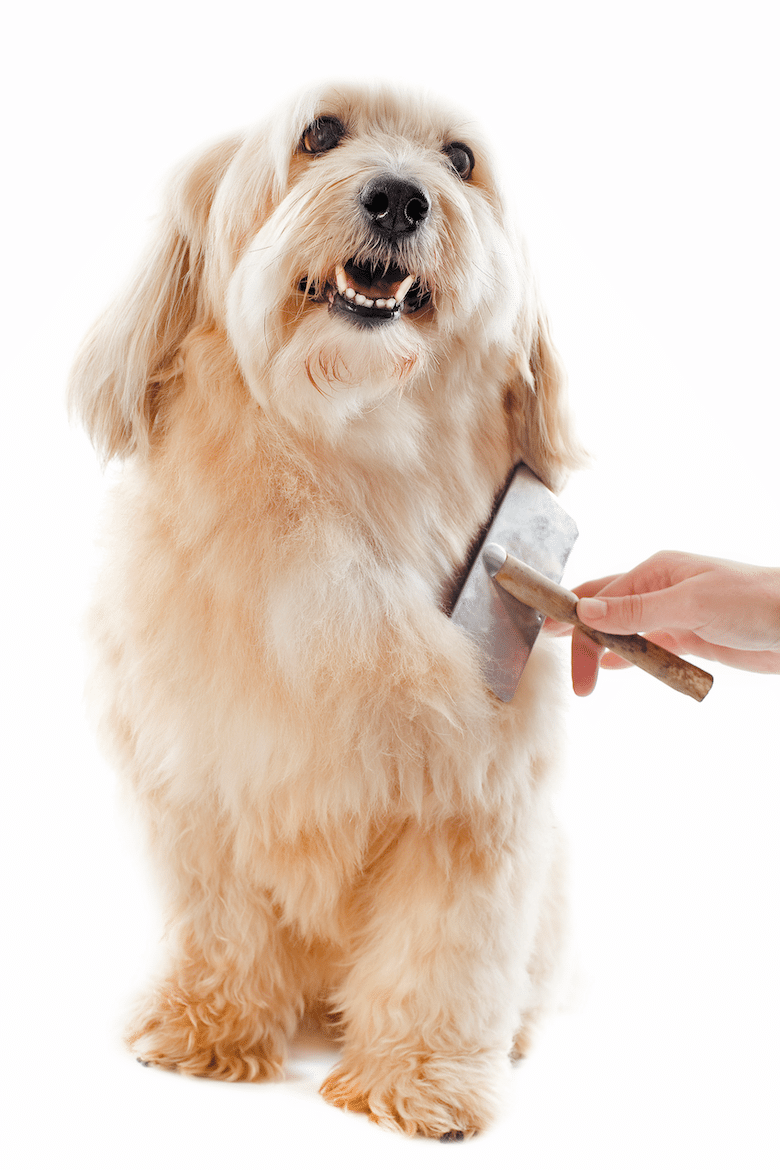
Photo: ©M_a_y_a | Getty Images
Keep dogs well-brushed.
Not surprisingly, some dogs need a bit of extra care based on coat or breed. “We change our wardrobe when the seasons change; dogs change their coat,” explains Jorge Bendersky, Manhattan-based groomer and author of DIY Dog Grooming: From Puppy Cuts To Best In Show, Everything You Need To Know. “Dogs with a double coat will start shedding the dense winter undercoat for a fluffier and lighter undercoat that will allow more air to circulate, protecting the body from overheating. That’s why it is so important to keep dogs well-brushed.”
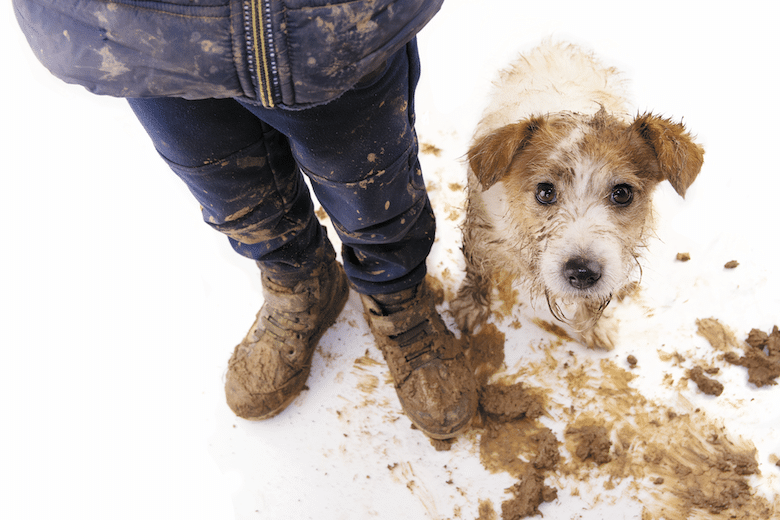
Photo: ©Michael Burrell | Getty Images
Don’t bring the outside inside.
Then there’s the type of grooming required because of more time spent outdoors. “Taking a nice long walk on a spring day is a healthy habit for pets and humans,” Jorge points out. “But bringing all those allergens into the house can be counterproductive. Cuddling with your dog after a walk is cuddling with a furball full of pollen. Wiping your dog with a damp washcloth or dog-friendly wipes is a good way to remove pollen and dust.”
And don’t stop at the coat. Jorge reminds owners that new plant growth in the spring can mean debris that can get stuck in your dog’s feet. “Checking them after your walk during the wipe-down process is a good routine to prevent any problems. Remember that most dogs only sweat through their pads and tongue, so keeping them clean is key for their heath.”
Worse yet are those little bloodsuckers. “The biggest thing I stress to clients during springtime is how imperative it is to check your pups for fleas and ticks,” Samantha says. “While preventives will stop your pup from an infestation, they can easily still be brought in and begin thriving on indoor pets, furniture or carpets.”
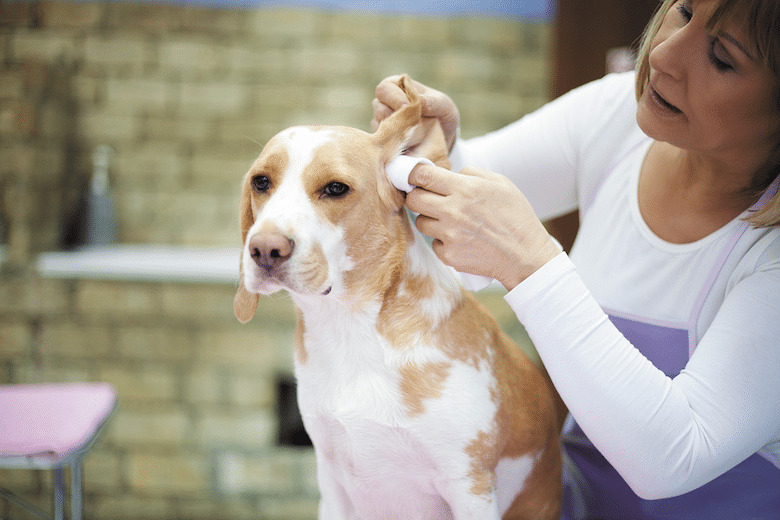
Photo: ©smrm1977 | Getty Images
Clean those ears.
Ears also warrant some extra care. “Ear infections are becoming more and more common, and the transition to spring can cause ear problems,” says Melissa Gulbranson, vice president of marketing for Oxyfresh based in Idaho, which makes an ear cleaner for dogs. “We always recommend using an alcohol-free, sting-free, non-oil based solution to help soothe and clean ears, especially since dust mites seem to multiply as seasons change.”
Update your dog’s ID.
One last note about your dog and more outside time. The ASPCA’s website has this reminder:
“Warmer weather means more trips to the park, longer walks and more chances for your pet to wander off! Make sure your dog or cat has a micro-chip for identification and wears a tag imprinted with your home address and any other relevant contact information.”
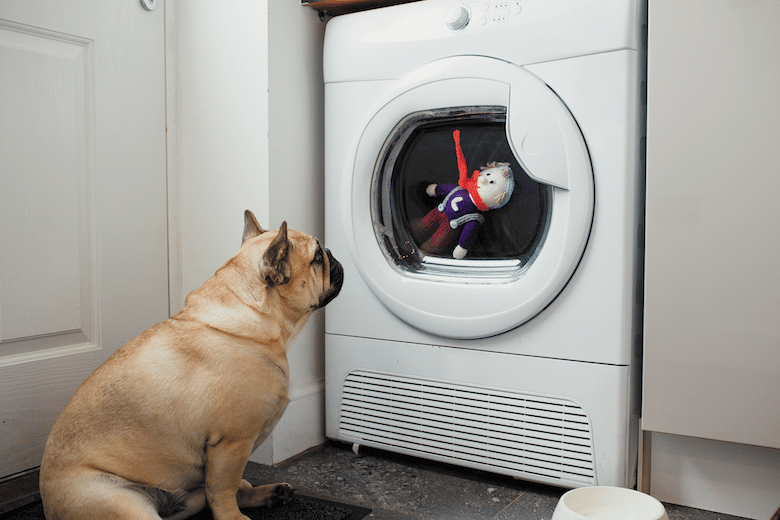
Photo: ©Nastco | Getty Images
How to clean your dog’s stuff
When you start spring cleaning, set aside a few hours to focus on the items your dog uses daily.
Start with cleaning beds and toys.
“Winter time is tough on these items, and they probably have the smells to prove it,” Melissa says. “Use a nontoxic pet deodorizer to spray down dog beds and give them a fresh new smell. You can also use a nontoxic pet shampoo to wash bedding and toys. Stay clear of what we use for human clothes. The detergents are typically a bit too harsh for a pet’s sensitive skin.”
Samantha adds, “I always recommend to my clients that while their pups are with me, go home and clean their bedding, collars and doggie clothes that are used on them often. This includes areas they frequent in the home (couches, carpets, etc.). This ensures that the bath lasts longer because they don’t return to a dirty bed.”
Clean bedding can also mean healthier bedding. “Washing bedding not only refreshes the fabrics and removes stubborn pet hair but also eradicates dust mites, a common household allergen causing allergic reactions in pets,” Sandy says. “These miniscule mites live on dead skin cells and other detritus in house dust. Most pet beds have removable covers that can be machine-washed. And they should be done regularly — not necessarily only at springtime. Consider using a detergent that is recommended for babies to ensure
that your pooch doesn’t have an allergic reaction to her clean bedding, too.”
How to deep clean your dog’s bowls.
While food and water bowls should also be cleaned regularly, this is a good time to give bowls a deep cleaning with a mild bleach solution or give them a ride in the dish washer. If your dog likes to chew on plastic bowls — perhaps to point out that you’re three minutes late feeding — it is the perfect time to replace them.
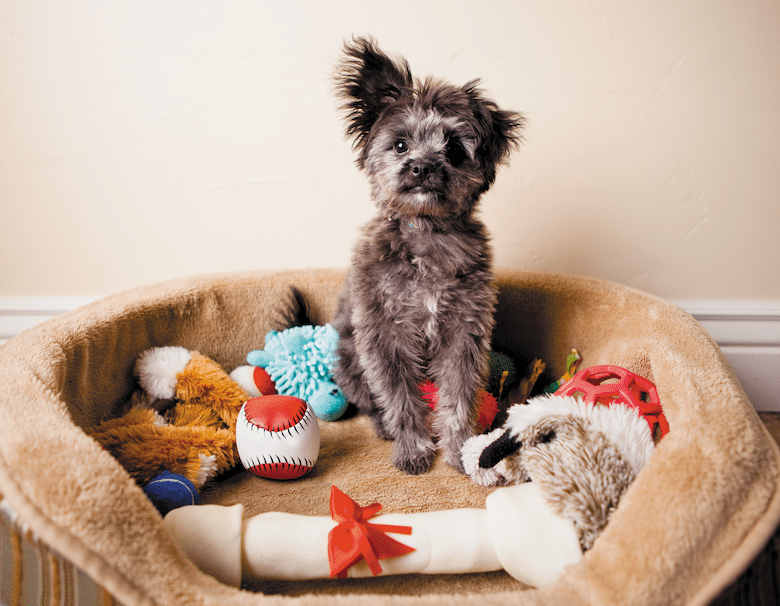
Photo: ©SolStock | Getty Images
Inspect everything.
This is also the time to determine if you agree with Brave New World’s mantra of “ending is better than mending.” Check out your dog’s bed, blankets and toys to see if they are torn or overly frayed, potentially causing a safety issue.
“If you are amongst the ranks of pet parents who have thicker bedding options for the cold winter months, inspect them to see whether they need be washed before being packed away or simply replaced,” Sandy recommends. “If the padded area is flat and not offering comfort and support, throw it away.”
If you do find yourself shopping for a new dog bed, consider a couple features. For example, Sandy recommends getting senior dogs a bed with bolsters for a comfy head rest. And you will probably appreciate the ability to toss a cover into the washer instead of a whole bed.
Speaking of washers, Laura Pakis, CPT, blogger and owner and founder of Acme Canine in Columbus, Ohio, points out, “Newer dryers have a sanitize cycle, which is great for dog beds.”
Experts give additional tips on when to toss your dog’s other items, including putting yourself in their paws. “My rule of thumb is to simply ask, would I want to use/wear this?” Samantha asks. “If a collar is shredded, has an odor or shows extreme discoloration, its time for a new one. Not only does the smell/dirt rub off on the pup, a ripped or weakened collar can pose a serious threat to your dog, as well. It may fall off in the event that your pup gets out or even get caught on something in the home.”
The first sign is always smell, Melissa says. “If it smells similar to mildew, absolutely replace it. Collars can harbor bacteria because they are woven very tight, and we recommend replacing it each year, as it can cause neck irritation and introduce bacteria to the ears.”
Finally, check to make sure toys continue to bring joy, not dread. If they pose hazards, that isn’t fun for anyone. “Pitch dog toys that have developed sharp edges or have worn down to the point they are too small for dogs to safely have in their mouths,” Laura recommends. “Remove all threads that may appear on the toys after use. Dogs can ingest these and have stomach issues. Same for the ‘stuffing’ in dog toys.”
These tips are designed to make cleaning a little easier on you — and your dog — once spring has sprung. And remember — you don’t have to finish in one day. But then, it is nice to get it over with and get out with your furry friend to enjoy the fine weather.
Top photograph: ©SolStock | Getty Images
The post A Spring Cleaning Task List for Dog Owners by Elizabeth Anderson Lopez appeared first on Dogster. Copying over entire articles infringes on copyright laws. You may not be aware of it, but all of these articles were assigned, contracted and paid for, so they aren't considered public domain. However, we appreciate that you like the article and would love it if you continued sharing just the first paragraph of an article, then linking out to the rest of the piece on Dogster.com.
Poop4U Blog
via www.Poop4U.com
Elizabeth Anderson Lopez, Khareem Sudlow



No comments: